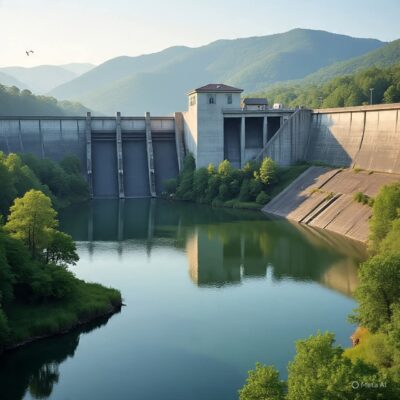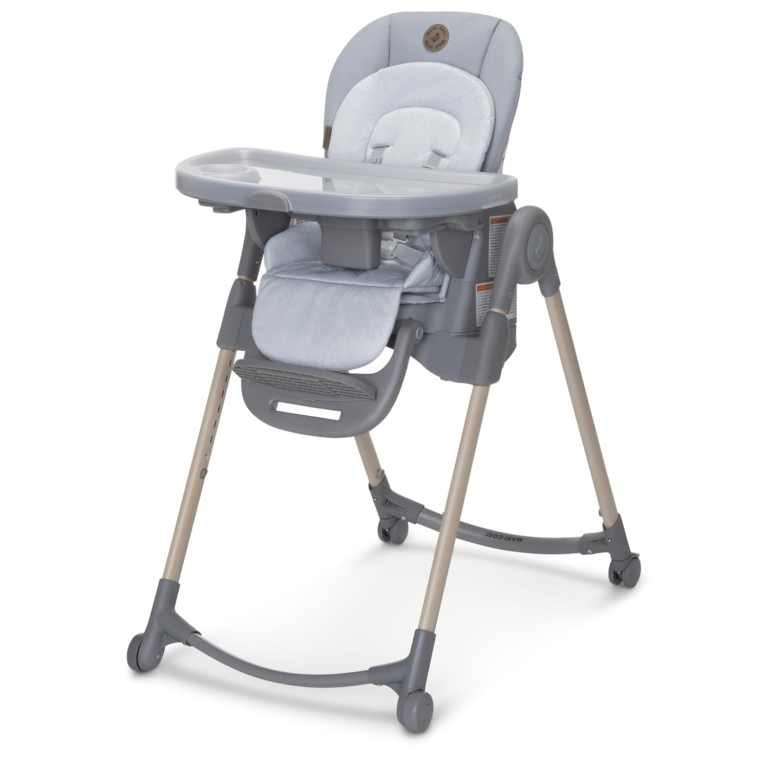
How Flood Control Works: Protecting Communities from Water’s Fury
Flooding is a natural disaster that can have devastating consequences, causing loss of life, property damage, and displacement of communities. Effective flood control measures are crucial to mitigating the impact of floods and safeguarding the lives of those living in flood-prone areas. In this blog post, we’ll explore the various methods and strategies used in flood control.
Types of Flood Control Measures
- Structural Measures
- Dams and Reservoirs: These structures regulate water flow, storing excess water during heavy rainfall and releasing it gradually.
- Levees and Dikes: These barriers are constructed along rivers and coastlines to prevent water from overflowing into adjacent areas.
- Floodwalls: Similar to levees, floodwalls are designed to protect specific areas from flooding.
- Non-Structural Measures
- Floodplain Management: This involves regulating development in flood-prone areas through zoning laws and building codes.
- Early Warning Systems: Advanced warning systems enable communities to prepare for and respond to impending floods.
- Wetland Restoration: Preserving and restoring natural wetlands can help absorb excess water and reduce flood risk.
- Engineering Solutions
- Stormwater Management Systems: These systems, including storm drains and retention ponds, are designed to manage and redirect rainwater.
- Flood-Control Channels: These channels are engineered to safely convey water away from populated areas.
How Flood Control Measures Work Together
Effective flood control often involves a combination of structural and non-structural measures. For example:
- Integrated Flood Management: This approach considers the entire watershed, incorporating both structural and non-structural measures to manage flood risk.
- Community Engagement: Educating the public about flood risks and preparedness is crucial for effective flood control.
Conclusion
Flood control is a complex and multifaceted challenge that requires a combination of engineering solutions, regulatory measures, and community engagement. By understanding how flood control works and implementing effective strategies, we can reduce the impact of flooding and protect our communities from the devastating effects of water’s fury.
Stay Prepared
While flood control measures can significantly reduce the risk of flooding, it’s essential for individuals living in flood-prone areas to stay informed and prepared. This includes having a flood emergency plan, staying up-to-date with weather forecasts, and knowing evacuation routes.
By working together and implementing effective flood control measures, we can build more resilient communities and minimize the impact of flooding.





